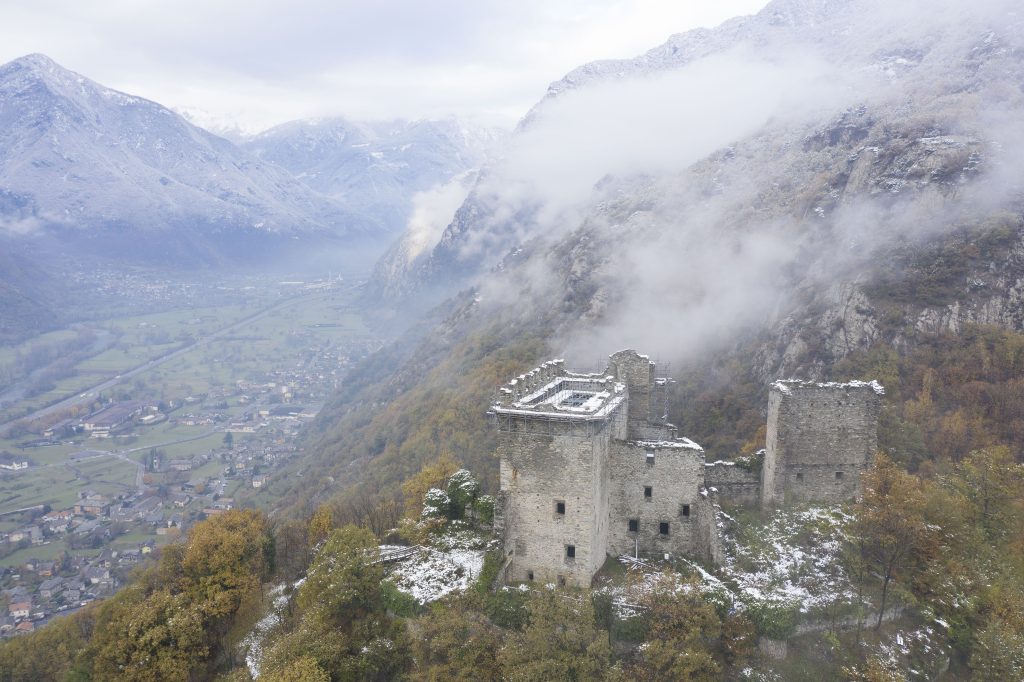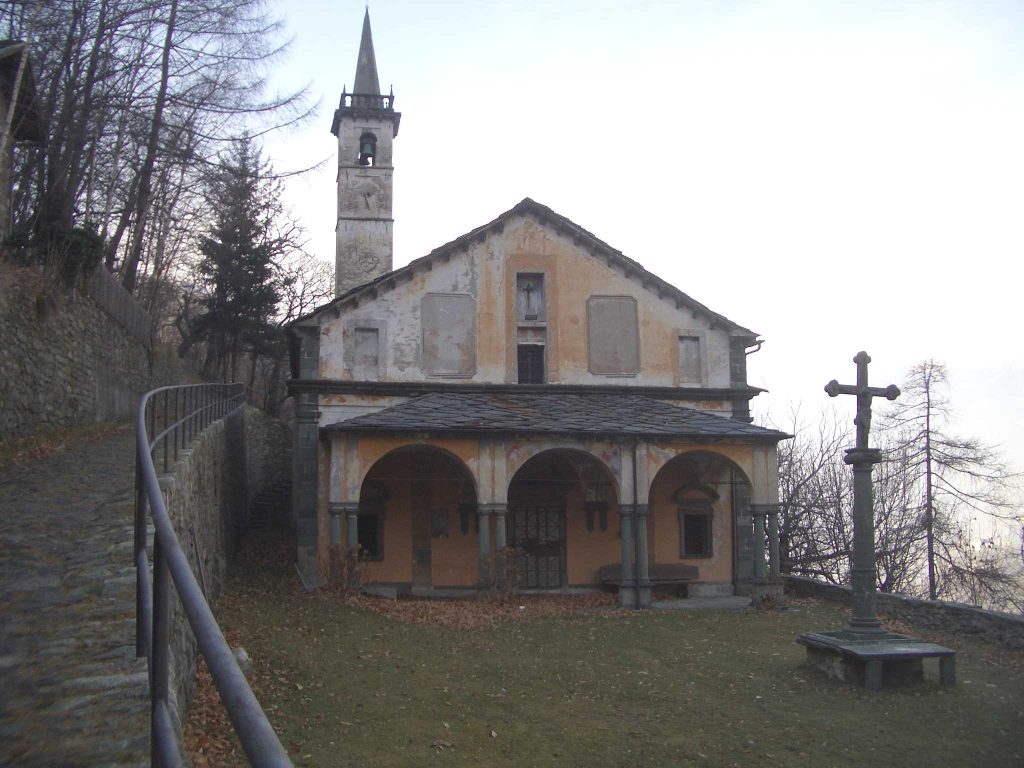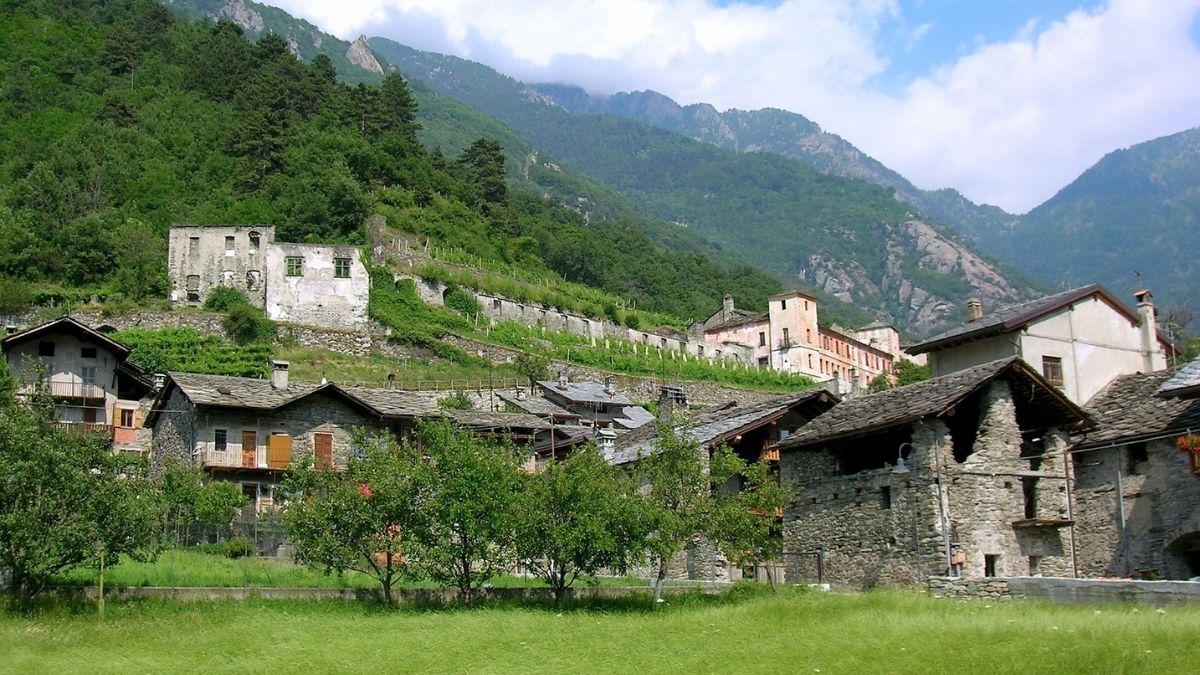In the lower Aosta Valley, surrounded by mountains and boundless greenery, arnad it is a small little hamlet. It has just over 1000 inhabitants, and a handful of architectural jewels that make it an interesting destination. Above all, however, arnad it is the homeland of the homonymous (and greedy) lard.

Arnad, the story of his lard
For most, Arnad rhymes with his lard. Product of excellence, the only lard in Europe to be certified PDO, Arnad lard is obtained from the back of the pig. This, once cleaned of its fat, is cut into rectangular pieces within 48 hours of slaughter and then crammed into containers made with native timber oak, chestnut or larch. It is within these "doils" that it reaches maturation. Alternating with layers of water mixed with salt, spices and aromatic mountain herbs, it remains in containers for at least three months (but in some cases the aging lasts up to a year).

How was Arnad lard born? We must go back in time, to when oil was considered a precious commodity and lard was melted and used for frying or for dressing. According to an official document, in 1570 the religious of the Cloister of Sant'Orso in Aosta distributed it to feed the needy. Today, the most traditional way to enjoy Arnaud lard is sui croutons of black bread (typical of the Aosta Valley) or on the polenta toasted. Either way, for the palate it is an extraordinary delight.
Not just lard: what to see in the village
Centuries-old mountain village, cradle of traditions and ancient flavors, Arnad preserves small architectural gems. There Parish Church of San Martino is the most important example of Romanesque architecture in the entire Valle d'Aosta, while the castle commissioned by the Vallaise in the seventeenth century (undergoing restoration), it houses interesting frescoes and a hexagonal chapel with a baroque altar in polychrome marble. The Echallod Bridge, on the other hand, along the Dora Baltea, has the shape of a donkey's back.

Finally, the pilgrimage destination is Sanctuary of Notre-Dame-des-Neiges, located in the locality Machaby (696 meters high). To reach it, take the ancient mule track Pavia du Bioley, at the beginning of which a sign tells the story of the sanctuary. Which already existed in the sixteenth century and which, according to legend, was built in the place indicated by the Madonna. In fact, it is said that a group of shepherds found a wooden statue of the Madonna in a bush. Moved to the oratory of the village above, the next day the statue disappeared to reappear in the old bush. As if to indicate a sacred place. Truth or legend, however, it remains a suggestive place. Thanks also to the frescoes in the dome, the work of the Artari family of painters (among the protagonists of sacred Valle d'Aosta art).
Featured photo taken from Wikimedia Commons (credit Patafisik - CC BY-SA 3.0)





